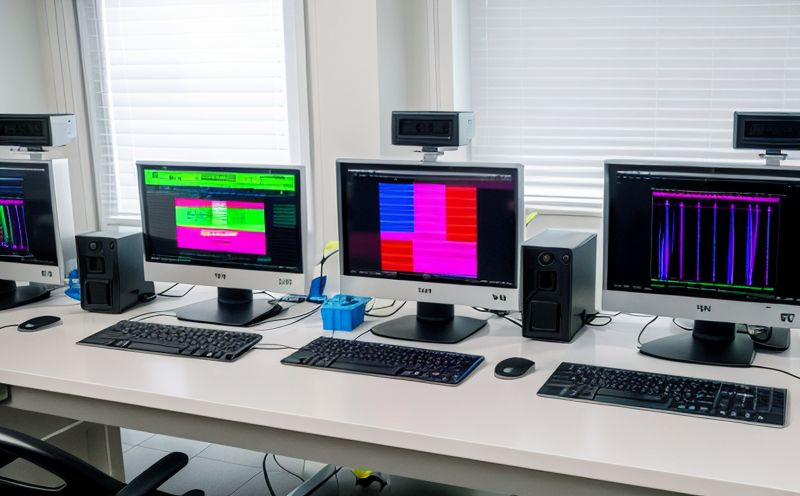CDC Hepatitis A Virus Quantification in Clinical Samples
Quantifying the hepatitis A virus (HAV) in clinical samples is a critical procedure used to diagnose and monitor viral infections. This service involves the accurate measurement of HAV RNA using quantitative reverse transcription polymerase chain reaction (qRT-PCR), which is the gold standard for quantifying viral loads.
The Centers for Disease Control and Prevention (CDC) recommend this method as a reliable approach to assess the presence, replication, and clearance of hepatitis A virus in patients. The procedure starts with the collection of clinical samples such as serum or plasma, followed by RNA extraction using specific kits recommended by the CDC and other international standards.
The qRT-PCR process involves several steps: reverse transcription of viral RNA into cDNA, amplification through PCR cycles, and detection via fluorescence. The cycle threshold (Ct) value is measured for each sample, which directly correlates with the initial amount of HAV RNA present in the clinical specimen.
The quantification results are reported as copies per milliliter (copies/mL) or international units per milliliter (IU/mL). This quantitative data helps healthcare professionals make informed decisions about patient management and treatment. The accuracy and precision of this method ensure that even small viral loads can be detected, which is crucial for early diagnosis and timely intervention.
Our laboratory adheres strictly to CDC guidelines and uses state-of-the-art equipment such as the ABI StepOne Plus Real-Time PCR System or equivalent instruments from other reputable manufacturers. We also employ highly trained technicians who are familiar with the latest methodologies and best practices in molecular diagnostics.
The turnaround time for this service typically ranges between 3 to 5 working days, depending on sample complexity and workload. Faster results can be arranged upon request at an additional fee. For large volumes of samples, we offer bulk testing options that provide discounts and expedited processing.
It is important to note that while HAV RNA quantification provides valuable information about viral load, it should be interpreted in conjunction with other diagnostic tests like liver function tests (LFTs) to get a comprehensive picture of the patient's condition. This service complements other laboratory procedures and can aid in differential diagnosis when multiple pathogens are suspected.
Applied Standards
| Standard Reference | Description |
|---|---|
| ISO 15189:2012 | International standard for quality and competence of medical laboratories. |
| CDC Guidelines | Centers for Disease Control and Prevention recommendations for HAV quantification. |
| AAMI T12:2016 | Association for the Advancement of Medical Instrumentation standard for real-time PCR systems. |
Benefits
- Accurate quantification of HAV RNA levels in clinical samples.
- Precise measurement for early diagnosis and monitoring of HAV infection.
- Compliance with CDC and international standards ensuring reliability of results.
- Timely reporting, typically within 3 to 5 working days.
- Supports differential diagnosis in complex clinical scenarios involving multiple pathogens.
Competitive Advantage and Market Impact
Our laboratory's expertise in HAV quantification provides a competitive edge by offering accurate, reliable, and timely results. By adhering strictly to CDC guidelines and using advanced instrumentation, we ensure that our clients receive the highest quality service.
The ability to quantify HAV RNA precisely is particularly beneficial for public health officials and healthcare providers who rely on this information for outbreak management and patient care. Our service contributes significantly to the overall market by providing a robust foundation for understanding viral dynamics in infected individuals, which can lead to improved treatment strategies and better patient outcomes.
Moreover, our commitment to quality assurance aligns us with global standards, making us a trusted partner for institutions that require high-quality, reliable data. This service enhances the reputation of our clients by supporting evidence-based decisions in clinical settings, thereby driving innovation and improvement in healthcare practices.





